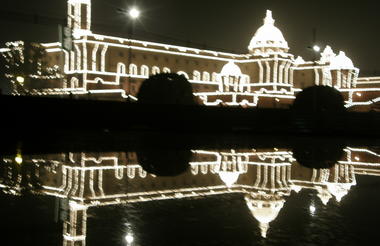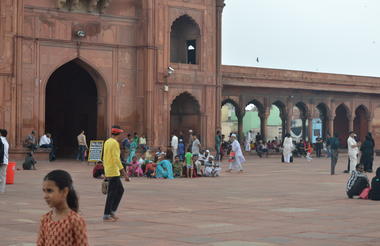Vast, diverse, deeply spiritual and utterly unforgettable, India is unlike anywhere else on earth – a melting pot of ethnicities and religions, a treasure trove of history and culture, and a curious mixture of chaos and serenity. Stretching across more than three million square kilometres, it encompasses a staggering array of landscapes, vistas and environs, and offers unparalleled travel experiences – from the beautiful beaches of Goa, to the compelling craziness of Kolkata, the sacred Ganges river banks of Varanasi, the snow-capped peaks of the Himalayas in Kashmir and the ancient, exquisitely crafted temples dotted across the entire country. Not to mention the vibrant, friendly people, and the incredible cuisine.
Formerly known as Bombay, the bustling city of Mumbai sprawls along India’s West Coast and is the largest city in the country. This thriving metropolis is a go-to destination for travellers curious to experience a modern Indian city. It serves as the heart of India’s world-renowned film industry, the incomparable ‘Bollywood’, and offers a kaleidoscope of culture, colour and flavours to enjoy. Lapped by the Arabian Sea, this urban seaside peninsula is a melting pot of old and new India. Towering office blocks and shiny apartment buildings shoulder crumbling grand dames of architecture. People play cricket in the leafy central parks, taxis navigate the jam-packed streets, and families stroll along the seaside promenades of Mumbai. Visitors can look forward to viewing the iconic Gateway of India stone arch at the Mumbai Harbour waterfront, visiting the ancient cave temples on the nearby Elephanta Island or hopping on a tuk-tuk tour to experience the magic and madness of this incredible city.
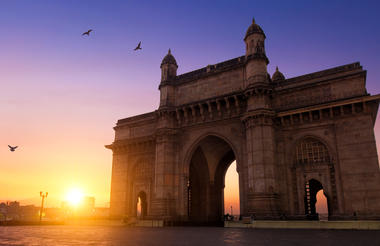
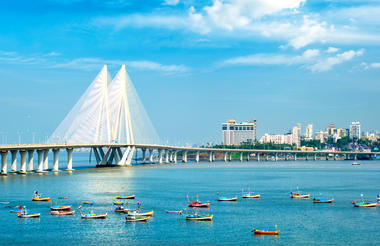
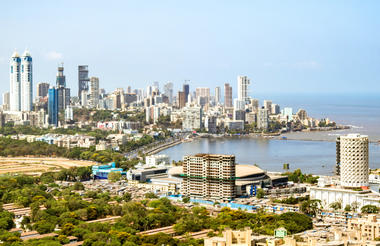
Resting in the lower southern reaches of the Satpuda Hills, in the central Indian state of Madhya Pradesh, Pench National Park is renowned for having the highest concentration of prey, compared to any other park in India. Visitors, therefore, have an increased chance of spotting predatory cats such as leopard and tiger. This impressive expanse of wilderness features a typical central Indian teak jungle and is bisected by the scenic Pench River. Aside from the river, the park also contains several bamboo-lined jungle streams providing a valuable water source for the local wildlife, which includes, among others: wild dog, sloth bear, wolf, jungle cat, hyena, jackal, gaur, sambar, and chital. Pench is also a bird lover's paradise, with over 250 species inhabiting the area, including; parakeets, hornbills, kingfishers, orioles, wagtails and a large selection of birds of prey.
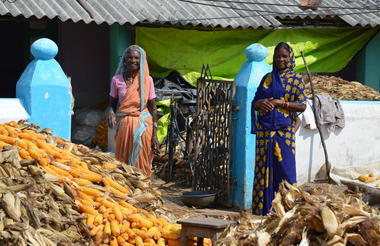
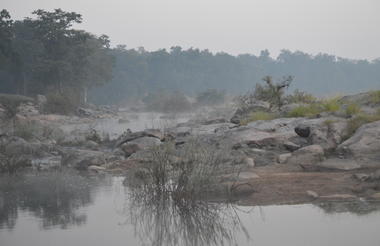
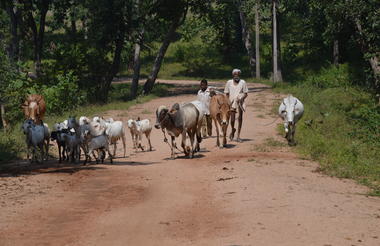
Also known as the Kanha Tiger Reserve, the Kanha National Park is widely considered to be the greatest of India’s wildlife reserves and the inspiration for Rudyard Kipling’s classic, 'The Jungle Book'. This impressive expanse of wilderness is set in the central Indian state of Madhya Pradesh, encompassing about 950 square kilometres of lush rolling hills, peaceful rivers, saal and bamboo forest, and endless stretches of savanna grassland. This spectacularly scenic environment provides a diverse range of habitats for an extraordinary array of wildlife including tigers, leopards, jackals, swamp deer, foxes, porcupines, sloth bears, pythons, hare, chitals, gaur monkeys, mongooses, and hundreds of species of bird.
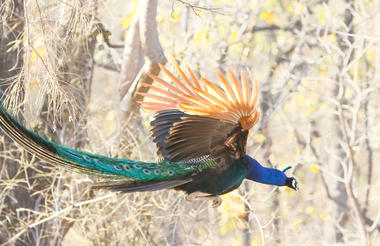
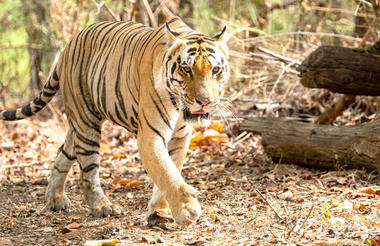
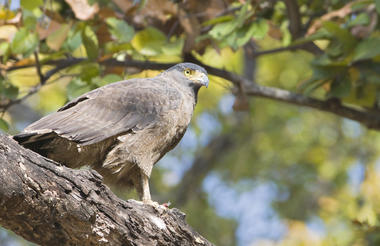
Tucked between towering trees, rocky terrain and agricultural landscapes lies Tala; a small village. A tranquil and awe-inspiring oasis, Tala is ideal for travellers wanting to explore the diverse aspects of Madhya Pradesh and its surroundings. Visitors can look forward to enjoying an array of exciting attractions, which include the fascinating Bandhavgarh Hill; the historical Bandhavgarh Fort; and the magnificent Bandhavgarh National Park, a vast biodiverse area famously known for its high population of royal Bengal tiger, white tiger and leopard. Don’t miss out on a chance to meander through and admire the excellent collection of beautiful wildlife photography at the Baghel Museum.
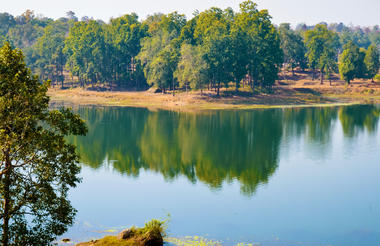
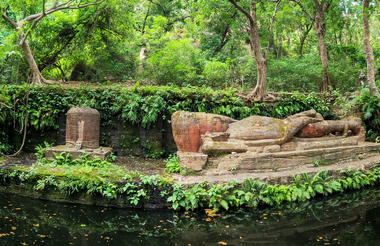
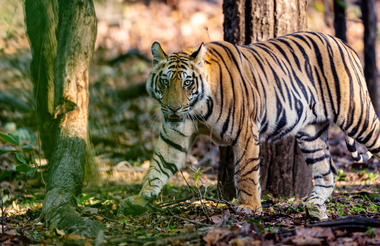
India’s capital, New Delhi, lies on the Indo-Gangetic Plain, within the National Capital Territory of Delhi. Made up of the ancient walled city of Old Delhi and the more modern sector, New Delhi, the city encompasses a staggering array of beautiful buildings, including three UNESCO World Heritage Sites – the grand, sandstone Red Fort, striking Qutab Minar, and fascinating Humayun's Tomb. Architecture enthusiasts will delight in the iconic Lotus Temple. Hear ‘qawwalis’ (devotional music) at the dargah (tomb) of the Sufi saint Nizam-ud-din Auliya; or wander through the 17th century Chandni Chowk marketplace – still one of the city’s most popular retail centres today, famous for its traditional jewellery and saris. The gorgeous Sunder Nursery and Lodi Garden provide calm, flower-filled oases for picnicking.



Set on the banks of the Yamuna River in Uttar Pradesh, Agra is a beautiful city famous for its incredible Taj Mahal building, one of the seven wonders of the world. Commissioned by the Mughal emperor Shah Jahan in the 15th century as a memorial to his beloved wife Mumtaz Mahal, this is an architectural masterpiece of exquisite craftsmanship and perfect proportions. The city boasts numerous other superb attractions, including the red-hued sandstone Agra Fort, built in the 16th century; the Shahi Jama Masjid mosque, a 17th-century congregational mosque located in the historic core of Agra, and Itmad-ud-Daulah’s tomb, with its white marble facade embellished with intricate inlaid designs, also called the' Baby Taj'.
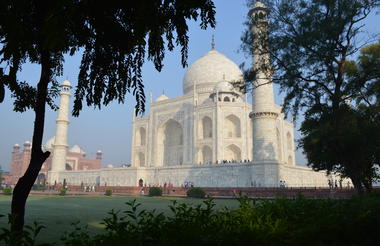
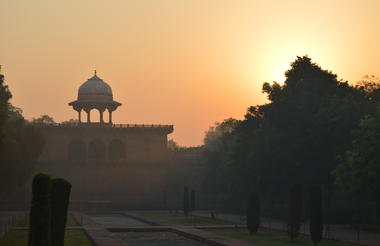
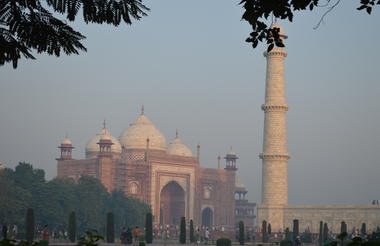
Dubbed the ‘Venice of the East’, the city of Udaipur is built around three interconnected lakes – Lake Pichhola, Fateh Sagar Lake, and the smaller Swaroop Sagar Lake – and is encircled by the hills of the Aravalli mountain range. It is home to an array of ancient temples and fairy-tale-like palaces (several of the latter have been converted into luxury heritage hotels) and is known as one of Rajasthan’s most beautiful and romantic cities. Must-see attractions include the City Palace, the Lake Palace (set on a small island in the middle of Lake Pichola), and the Udaipur Solar Observatory – Asia’s premier solar-gazing site.
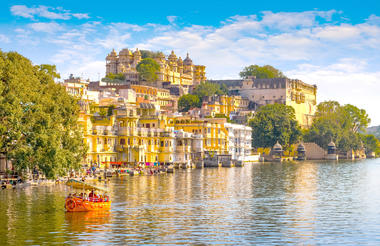
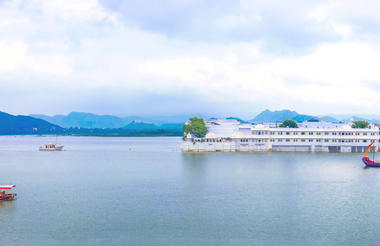
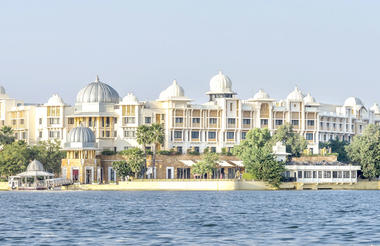
As previously described

